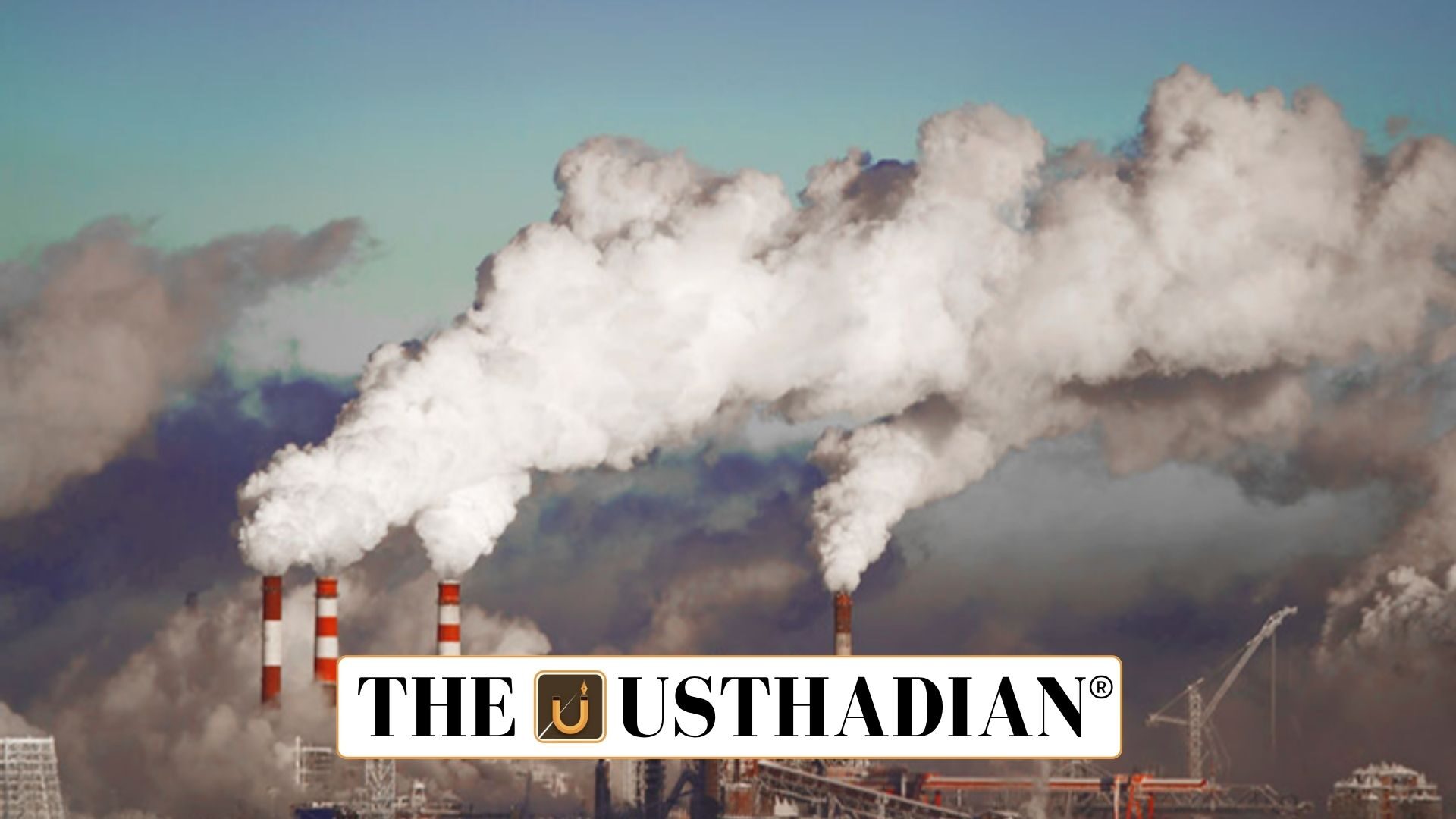Methane’s climate impact
Tackling Methane Emissions with a Balanced Approach: Methane is one of the most dangerous greenhouse gases, second only to carbon dioxide in terms of impact. Even though it lingers in the atmosphere for a shorter time, its warming potential is over 80 times greater in the short term. Tackling methane is a quick win in the fight against climate change.
Where methane comes from?
Methane is produced from both natural and human-made sources. Natural ones include wetlands, termites, and wildfires. However, about 60% of methane emissions come from human activities. The agriculture sector is the biggest contributor at 40%, mainly from livestock and paddy fields. Next comes the fossil fuel industry at 35%, and then waste management at 20%. These figures underline the need to act across multiple sectors.
Past climate agreements
The world began formal efforts to tackle greenhouse gases with the 1992 UNFCCC (United Nations Framework Convention on Climate Change). The Kyoto Protocol of 1997 was the first to include methane among gases with binding targets. Later, the 2015 Paris Agreement adopted a voluntary model but pushed for leadership from developed nations in reducing emissions.
Global Methane Pledge and observatories
A major step came at COP 26 with the Global Methane Pledge, which aims to cut global methane emissions by 30% (compared to 2020 levels) by 2030. This movement is backed by the UNEP through tools like the International Methane Emission Observatory, which strengthens emission reporting.
Technology and collaboration
Innovative solutions are emerging under programs like the Global Methane Initiative, which promotes cross-country cooperation and investment in emission reduction. Events such as the Methane Mitigation Summit create platforms to share technology and success stories, especially for the energy sector, which holds significant potential for low-cost reductions.
India’s methane strategy
India hasn’t joined the Global Methane Pledge due to concerns about its farmers’ livelihoods and food security. The main contributors to methane here are livestock and rice farming. However, through the National Mission for Sustainable Agriculture, India is working on eco-friendly practices like crop rotation and better livestock care.
Financial and future roadmap
While reducing methane helps cool the planet faster, it’s economically sensitive for countries like India. To move forward, climate finance from richer countries is vital. The energy sector, due to its manageable emissions, is an ideal starting point. Success in this area can pave the way for larger, more inclusive solutions in agriculture and waste.
Static Usthadian Current Affairs Table
Tackling Methane Emissions with a Balanced Approach:
| Topic | Key Details |
| Natural Sources of Methane | Wetlands, termites, wildfires |
| Largest Human Source Globally | Agriculture (40%) |
| India’s Main Methane Source | Livestock and rice cultivation |
| Major Agreement | Kyoto Protocol 1997, Paris Agreement 2015 |
| Global Methane Pledge Target | 30% cut by 2030 from 2020 levels |
| UNEP’s Key Program | International Methane Emission Observatory |
| India’s Climate Program | National Mission for Sustainable Agriculture |
| Methane’s Warming Potential | 84x more than CO₂ over 20 years |
| Key International Event | Methane Mitigation Summit 2025 |








